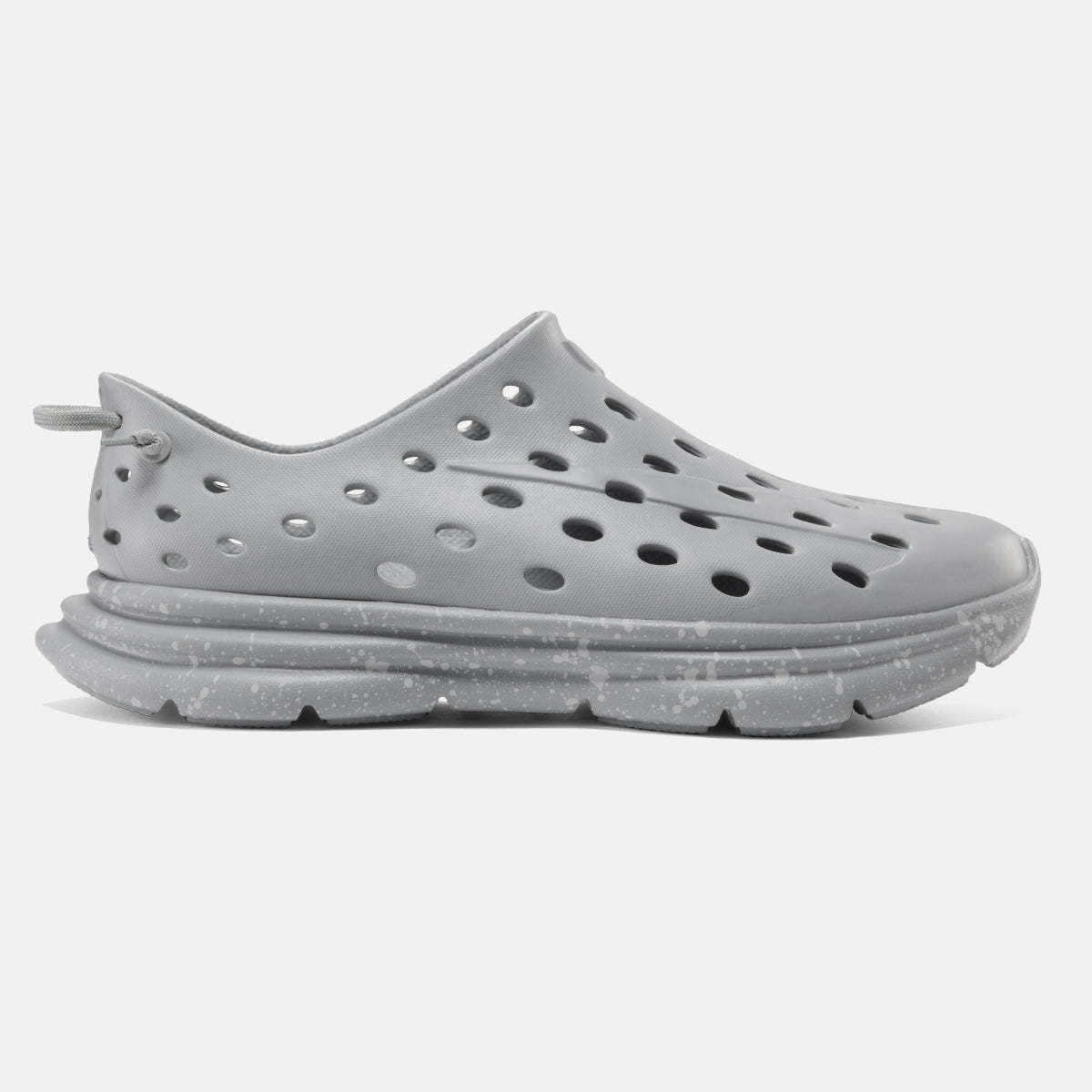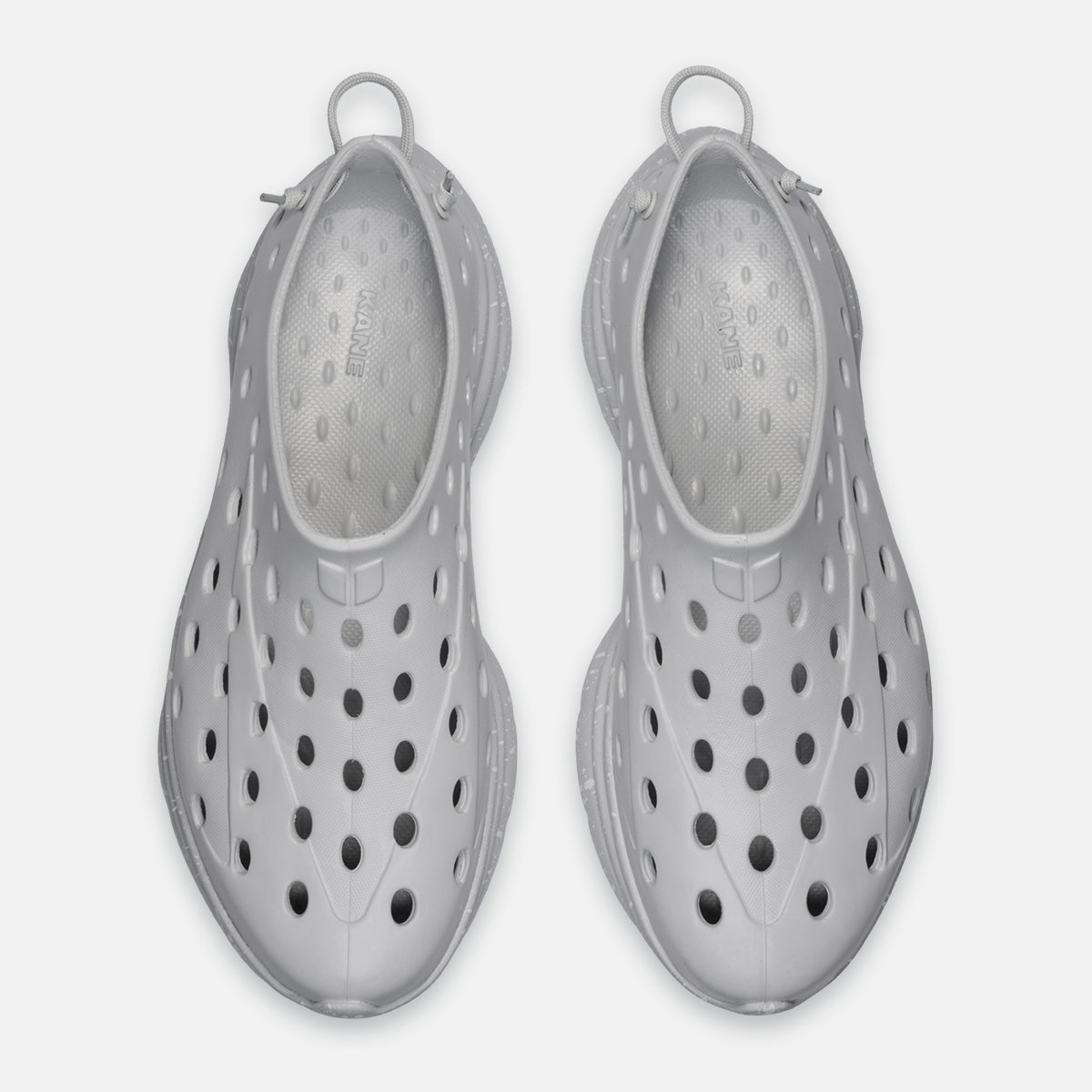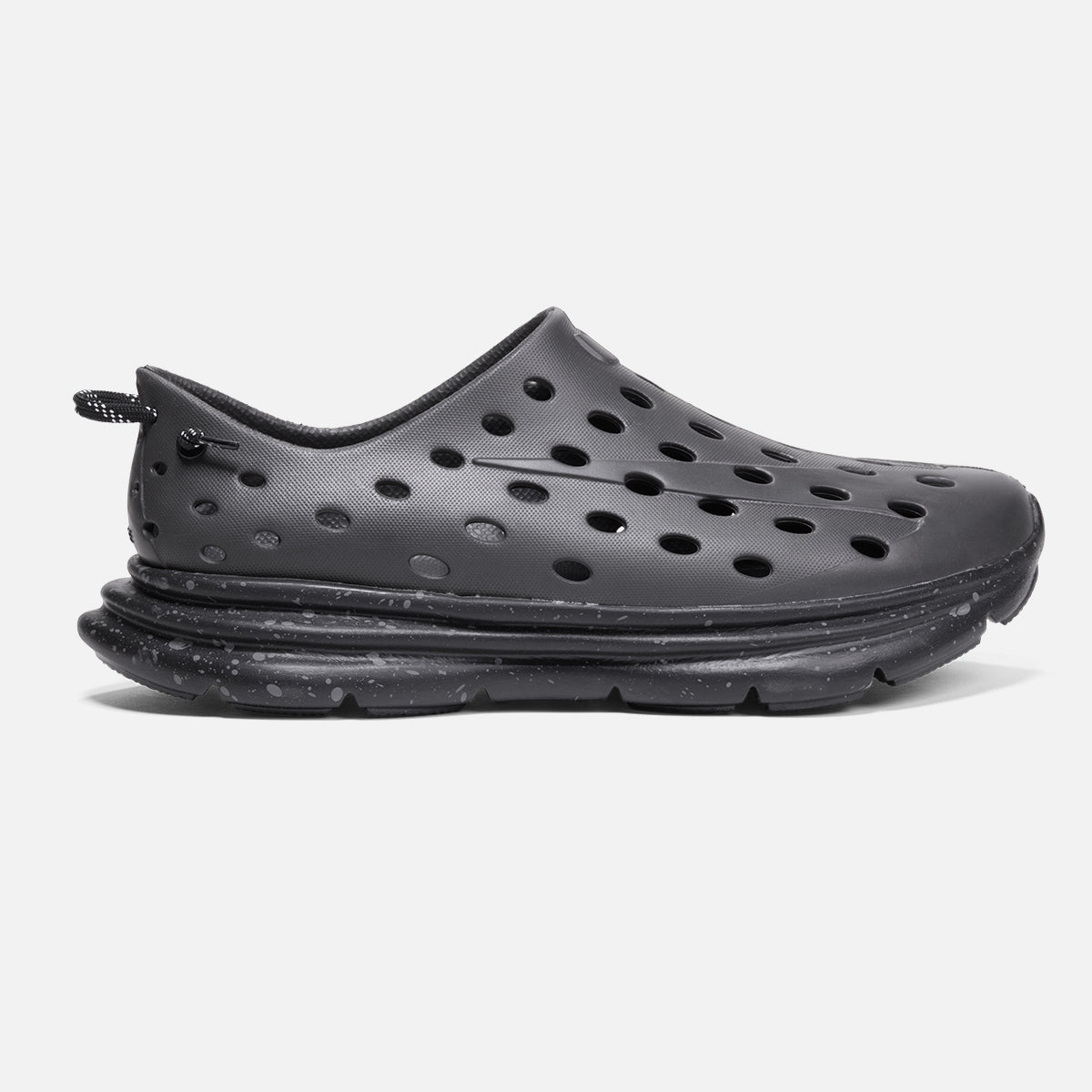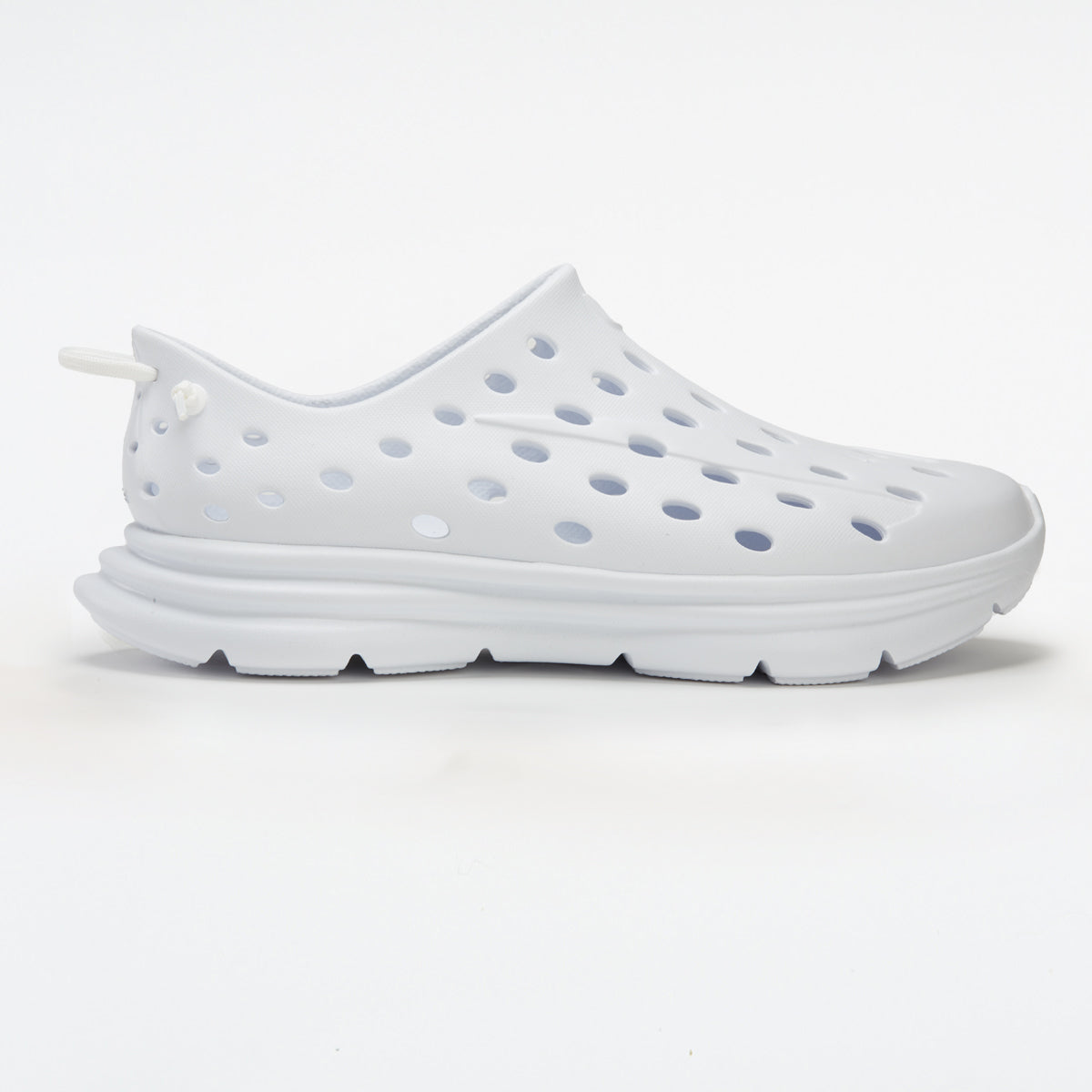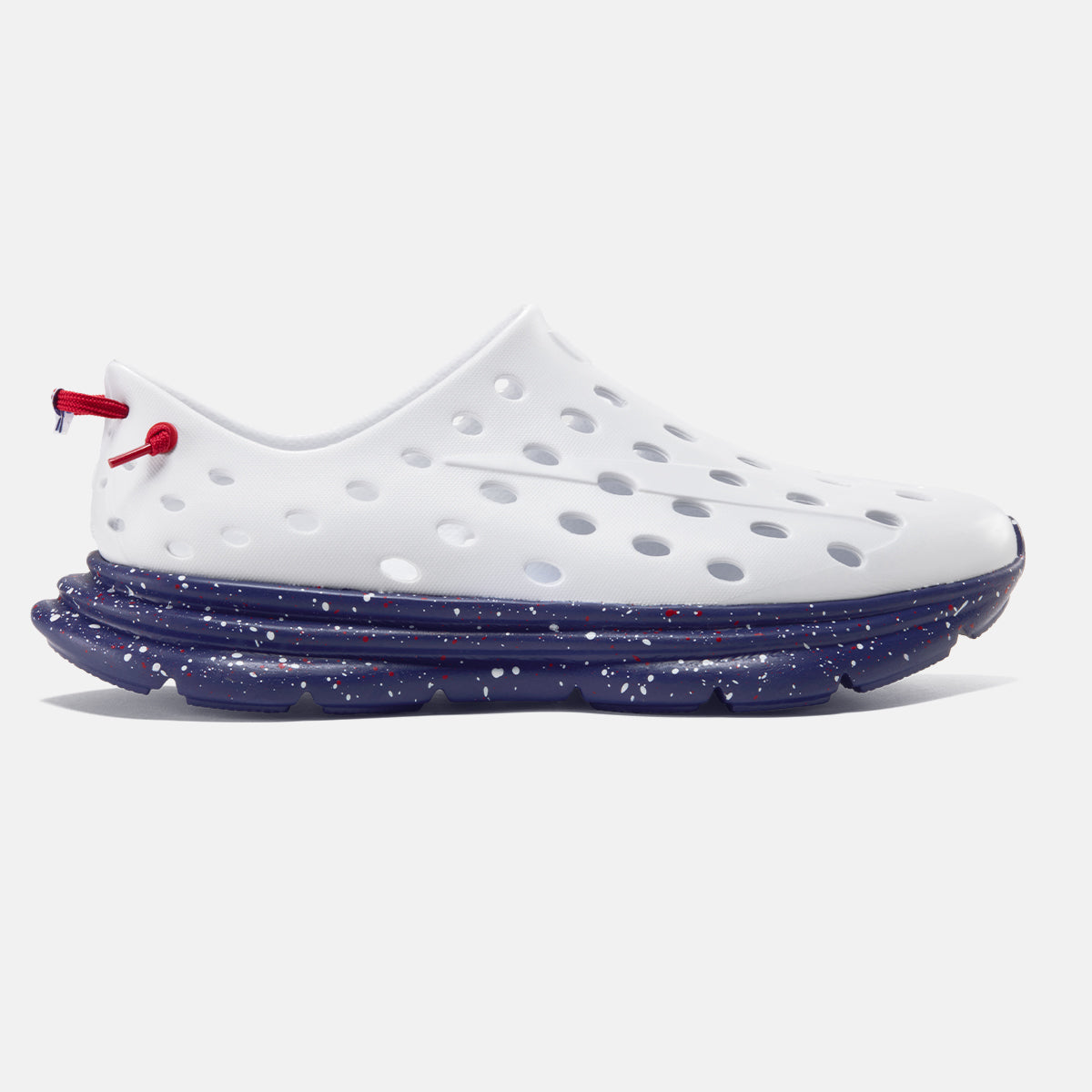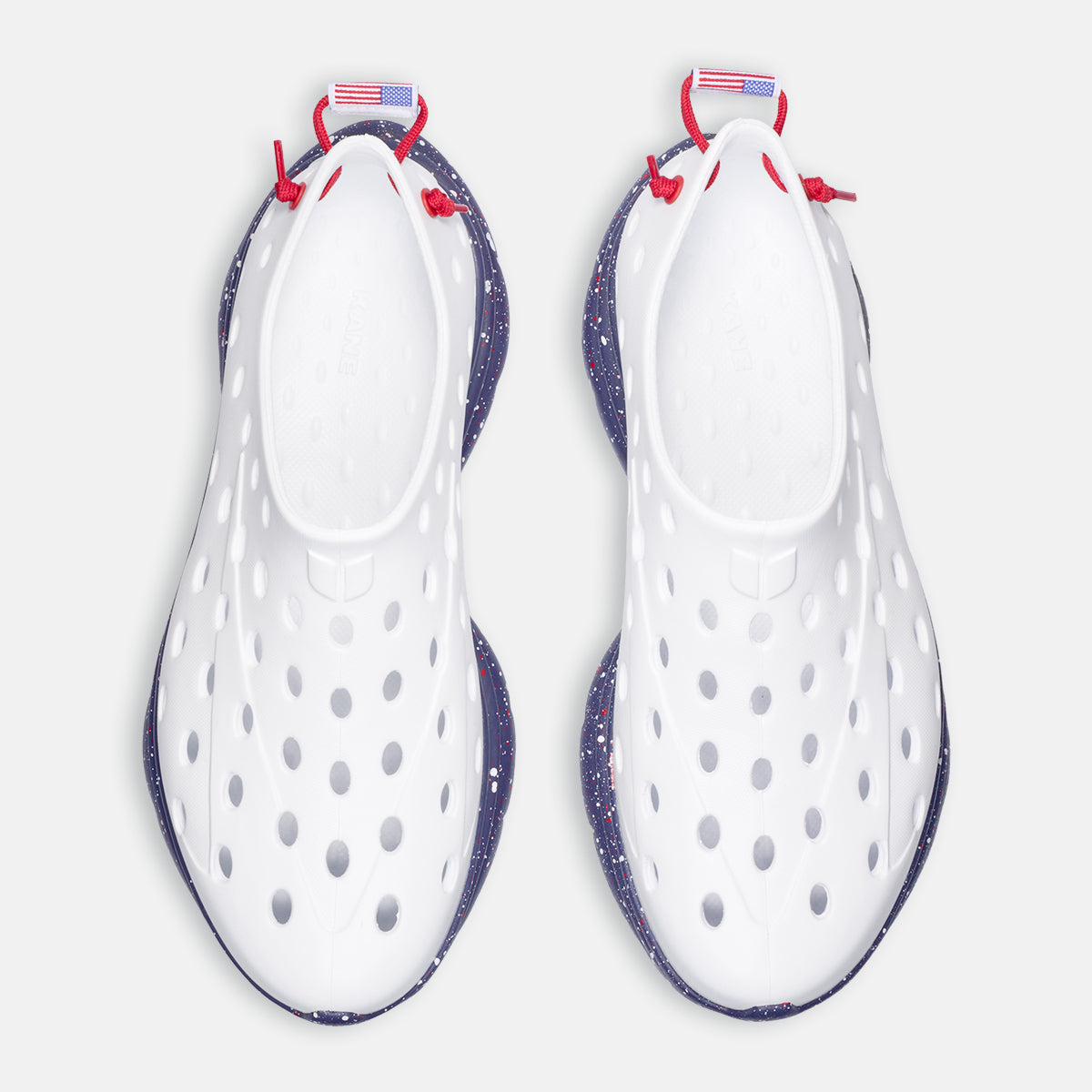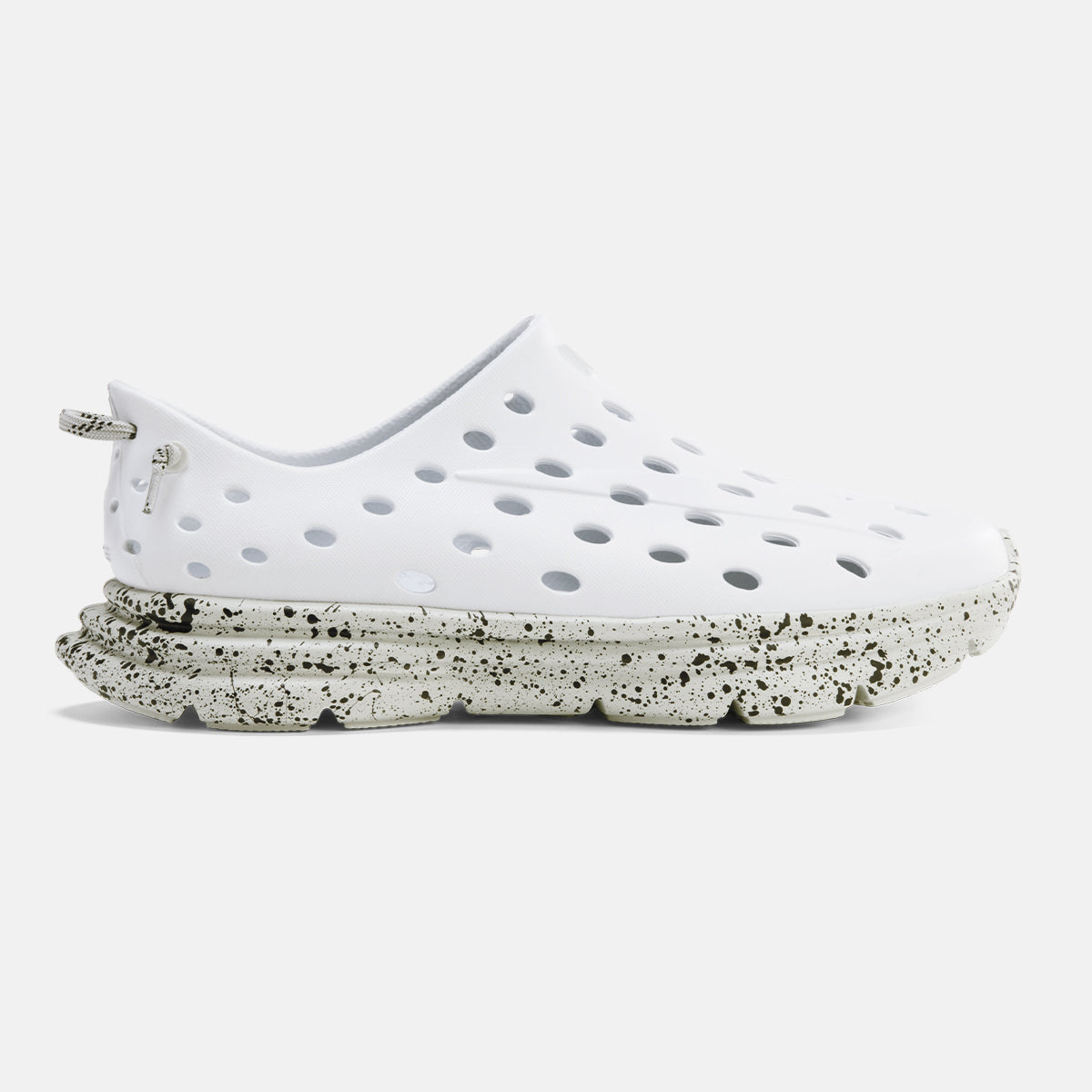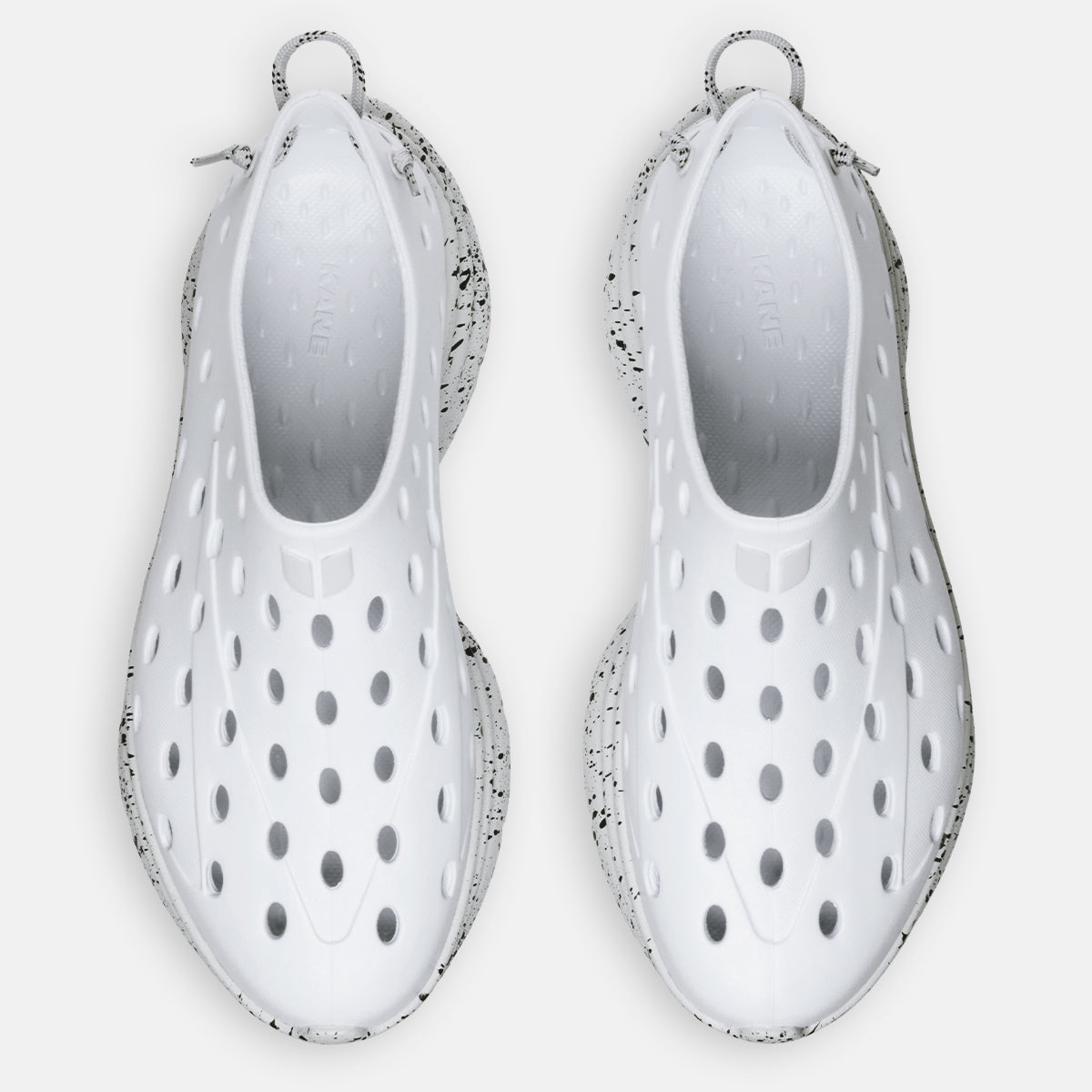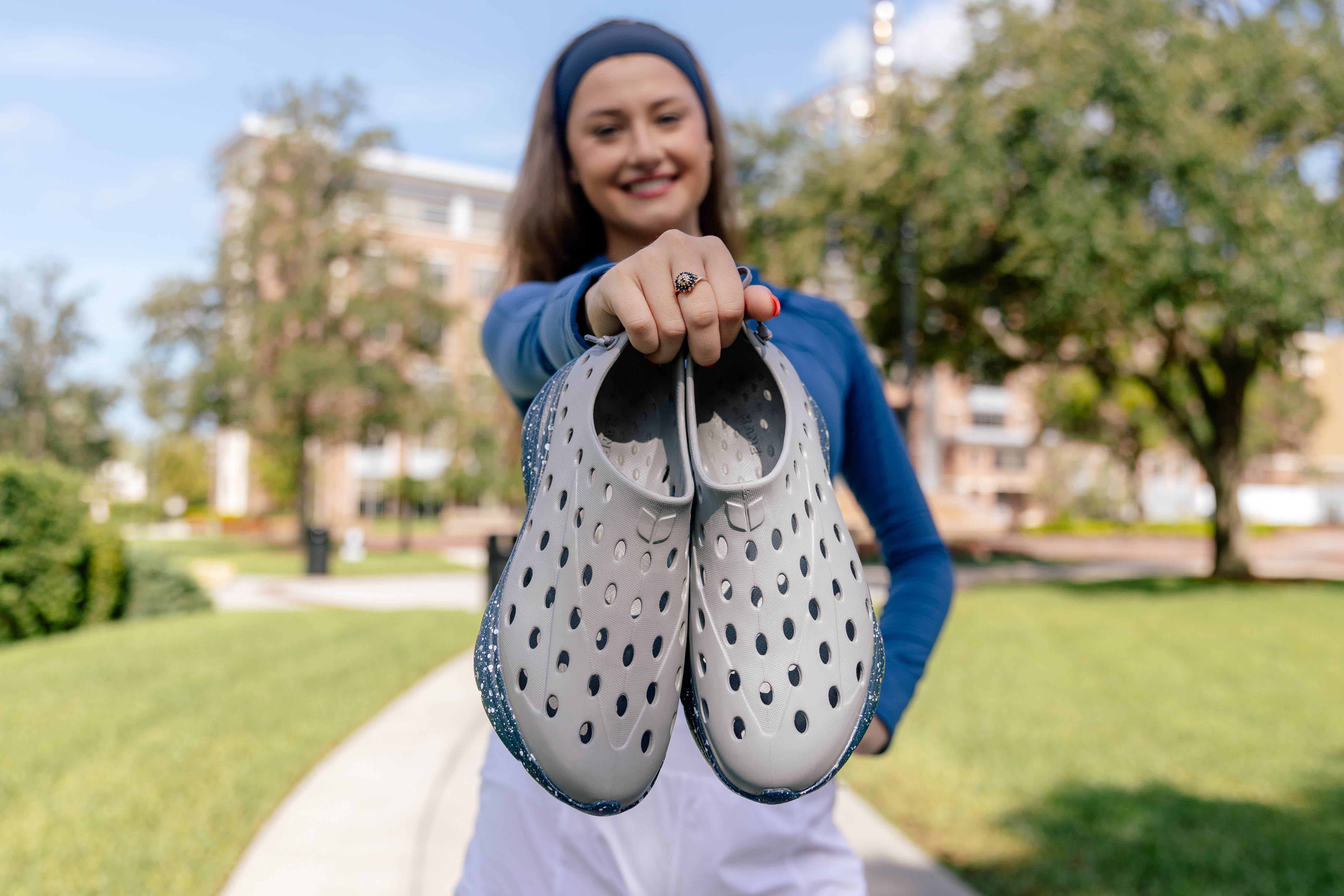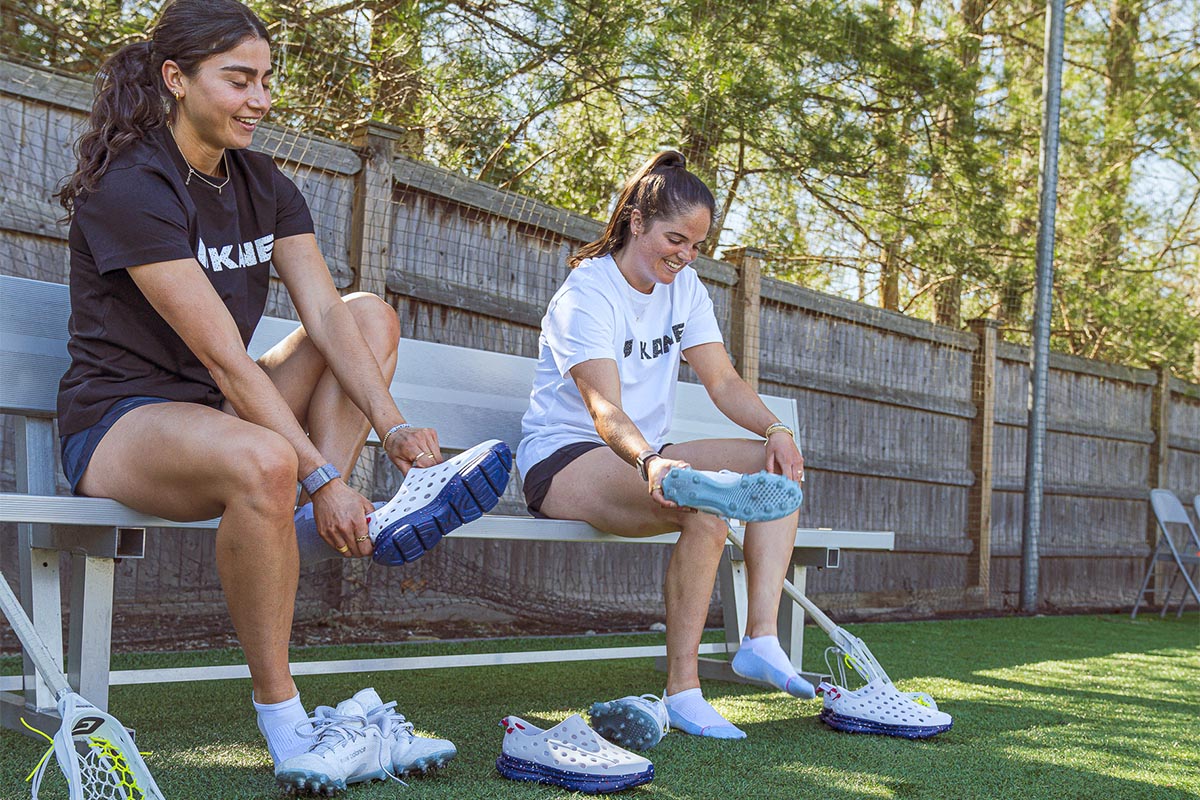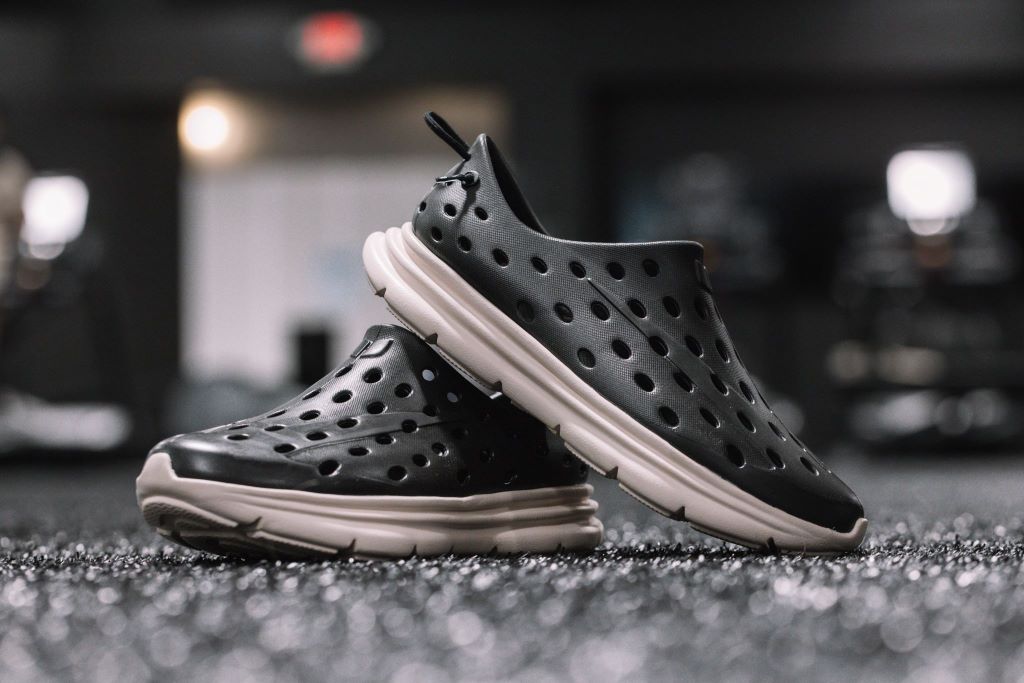Active recovery plays a key role in any fitness routine, especially after intense workouts. Unlike full rest days, it helps boost blood flow and supports muscle repair so that you can recover faster and more efficiently. With the right gear and techniques, you can maximize your recovery, reduce the risk of sore muscles, and avoid injuries.
Understanding active recovery
Active recovery isn't just a fitness trend—it's an important part of keeping your body in top shape. Instead of staying completely still, active recovery involves gentle movement to improve circulation and speed up healing. Knowing how it works allows you to make the most of your recovery time, preparing your body for the next challenge.
What is active recovery?
Active recovery refers to light physical activity after a challenging workout. The idea is to stay active without overloading your muscles. Low-intensity activities like yoga or a light jog help keep blood flow steady, delivering oxygen and nutrients to your muscles as they repair.
Why is active recovery important?
Active recovery is vital in any fitness routine, providing multiple benefits. Here are some key reasons why incorporating it is essential:
- Reduced muscle soreness: One of the primary benefits of active recovery is its ability to alleviate sore muscles. Gentle physical activities help promote circulation, effectively flushing out lactic acid and other metabolic waste products that accumulate during intense workouts.
- Enhanced recovery: Gentle movement not only relieves muscle soreness but also facilitates muscle repair. It can help speed up recuperation after strenuous workouts, allowing athletes to bounce back more quickly and return to their training regimen without unnecessary delays.
- Improved flexibility: It often includes stretching and low-impact exercises that enhance limberness and range of motion. Improved flexibility reduces the risk of injuries and tightness in the muscles, making it easier to perform more demanding activities in the future.
- Mental benefits: Engaging in low-intensity physical activity provides a mental reset. Whether a leisurely walk or a gentle yoga session, these activities can boost mood and reduce stress. This mental clarity is particularly valuable for athletes, helping them maintain focus and motivation.
- Sustained activity: For many active individuals, it can be challenging to take complete rest days. An active approach allows for a level of engagement that keeps you moving without overexerting yourself. It can help maintain a routine while still allowing for necessary rest time.
Active recovery essentials
Having the right gear and techniques is crucial to optimize your active recovery. Here are some essentials that every athlete or exercise enthusiast should consider:
Must-have gear
- Foam rollers: Essential for self-myofascial release, foam rollers help ease muscle tension and improve circulation. Regular use can alleviate soreness and promote relaxation after intense training.
- Massage balls: Perfect for targeting specific areas like the neck, shoulders, and legs, massage balls can help break up tight tissues and increase circulation. They’re particularly effective for relieving pain in hard-to-reach areas.
- Resistance bands: Are versatile tools that are excellent for gentle strength training. They allow you to engage your muscles without overexerting them, making them ideal for post-training recuperation. Plus, they’re lightweight and portable, making them easy to use anywhere.
- Yoga mats: A high-quality mat provides comfort and stability during yoga sessions. Practicing yoga promotes relaxation and enhances flexibility, both essential for healing.
- Heating pads: Applying heat can help relieve muscle stiffness and pain. A heating pad on sore areas post-workout promotes circulation and relaxes tight muscles.
-
Recovery shoes:
Investing in shoes designed specifically for active recovery, like Kane Revive, can alleviate soreness and support your feet. Look for options that offer cushioning and arch support to enhance comfort.
Techniques
- Low-impact exercises: Incorporate activities like walking, cycling, or swimming. These light exercises keep your body moving while minimizing strain on your muscles.
- Stretching routines: Stretching is essential for maintaining flexibility and reducing tightness. To target all major muscle groups, consider including both dynamic and static stretches in your routine.
- Yoga: Gentle yoga practices, such as restorative yoga or yin yoga, promote circulation and help release tension. Focus on poses like downward-facing dog, child's pose, and cat-cow to stretch and relax your muscles.
- Breathing exercises: Techniques such as diaphragmatic or box breathing can promote relaxation and improve overall body awareness.
- Active cool-down routines: Light activity helps transition your body back to a resting state after a challenging workout. Cooling down can include a slow walk or gentle stretches to prevent stiffness.
How the right shoes can enhance active recovery
When you're on your feet, recovery shoes can help by promoting circulation and providing the right amount of cushioning to reduce strain on your joints. Whether on a light walk or leisurely cycle, the right shoes ensure your recuperation goes smoothly.
Discover Kane Recovery Shoes!
Kane’s recovery shoes provide excellent support, comfort, and durability for those in need of top-notch recuperative footwear. Featuring an adjustable hook-and-loop single-strap synthetic upper, plush TPR footbed, and durable injected EVA outsole, these kicks come with all the right features to assist you during your rehabilitation journey.
Aside from providing quality products, they are also committed to sustainability. They have become a Certified B Corporation while dedicating 1% of their overall profits to environmental charities.
When and how to wear Kane Revive
The best moment to wear most recovery shoes is directly after a strenuous activity such as running or exercising. This helps minimize inflammation and launch the healing process. To guarantee maximum comfort and effective recuperation, make sure that you are wearing your footwear correctly by tying up laces securely for a snug fit around your feet.
The role of nutrition in active recovery
Nutrition plays a pivotal role in active recovery. Here’s how fueling your body can help you maximize the benefits.
- Balanced diet: A balanced diet rich in protein, carbohydrates, and healthy fats helps repair muscle tissue and replenish energy stores. Aim for whole foods that provide essential nutrients.
- Hydration: Staying hydrated is crucial. Water is critical in delivering oxygen through the bloodstream, enhancing circulation, and preventing dehydration. Consider electrolyte-rich beverages if you’ve been sweating heavily during workouts.
- Antioxidant-rich foods: Incorporate foods high in antioxidants and anti-inflammatory properties, such as fruits, vegetables, nuts, and seeds. These foods can support your body’s healing process.
- Protein intake: Adequate protein consumption is vital for muscle repair. Aim for protein sources that are easy to digest, like yogurt, smoothies, or lean meats.
- Timing your meals: The timing of your meals also matters. Eating a snack or meal within 30 minutes post-exercise can help replenish glycogen stores and kickstart muscle repair.
Creating a personalized plan
To maximize your experience, tailor a plan that suits your fitness level and goals. Here’s how to create a personalized plan:
- Frequency: Aim to include sessions after intense workouts or on designated rest days. Depending on your workout routine, this could be one to two times per week.
- Duration: Sessions can range from 20 to 60 minutes, depending on your needs and schedule. Listen to your body and adjust accordingly to ensure you’re adequately recovering.
- Activities: Mix and match different low-impact activities, stretching routines, and relaxation techniques to keep your routine fresh and enjoyable. Activities can include yoga, light jogging, swimming, or even leisurely walks with your dog.
- Monitor your progress: Track how you feel after each session. Noting any changes in soreness levels, energy, and overall wellness can help you adjust your plan as needed.
- Incorporate variety: Introduce new activities into your plan to prevent boredom. Try tai chi, Pilates, or different yoga styles to keep things interesting while you recuperate.
Benefits of active recovery
Integrating active techniques into your exercise routine offers numerous advantages. Some key benefits include:
- Reduced soreness: Regular sessions can significantly minimize soreness, helping you stay consistent with your routine.
- Enhanced performance: Improved limberness and mobility contribute to better exercise performance and a reduced risk of injury. You’ll notice an increased ability to perform during intense exercise with consistent sessions.
- Mental clarity: Focusing on low-intensity activities can boost your mood and provide mental relaxation. This especially benefits athletes who experience pressure during competition or rigorous routines.
- Long-term health: Incorporating gentle movement fosters a sustainable approach to exercise, promoting overall well-being. This balanced method helps you maintain a healthy relationship with exercise and supports longevity in your practice.
Conclusion
Incorporating active approaches into your routine can significantly enhance your fitness journey. The right gear and techniques can improve circulation, reduce soreness, and boost overall performance. Prioritizing active techniques not only supports your physical health but also contributes to your mental well-being, helping you stay on track with your goals.
Frequently asked questions
What activities are best for active recovery?
Engaging in low-impact activities is crucial for rest days, as they help maintain movement while allowing your body to recuperate. Gentle yoga, walking, and swimming are excellent choices. These activities encourage circulation, essential for delivering nutrients and oxygen to muscles, promoting healing, and reducing soreness.
Consider incorporating gentle strength training with lower weights or dumbbells. This can maintain muscle engagement without placing excessive strain on your body. For instance, bodyweight squats, lunges, or resistance band work can help maintain muscle tone and improve mobility.
Above all else, listen to your body. The goal of these activities is to feel refreshed rather than tired. Ultimately, the right combination of activities will vary based on individual preferences and physical condition, so experiment with different options to find what works best for you.
What is the best approach to recovery for athletes?
Finding the right approach to recuperation is crucial for athletes to ensure they perform at their best. Engaging in activities that enhance overall wellness without putting too much strain on the body is vital. Options like jogging, cycling, or even massage can be incredibly beneficial. These activities encourage circulation, which helps remove metabolic waste products and delivers essential nutrients to the muscles.
Yoga can also be advantageous because it promotes balance and body awareness. Many athletes find CrossFit workouts at a lower intensity can be effective, as they provide a unique combination of strength and conditioning without excessive exertion.
The emphasis should be on restorative practices allowing muscle relaxation and healing, such as foam rolling or using a massage gun on tight areas. Hydration and nutrition also play significant roles, ensuring the body receives the necessary support for muscle repair. A balanced approach with various activities tailored to the athlete’s needs will yield the best results.
How do you stay active on recovery days?
Staying active on rest days is essential for maintaining momentum while allowing your body to recuperate. Engage in gentle activities that promote movement, such as leisurely walking or cycling, without taxing your muscles. These gentle movements keep you moving and help alleviate neck and shoulder pain, which may result from tension built up during more intense sessions. Another excellent option is practicing yoga, which fosters balance and relaxation. Focus on poses encouraging relaxation and restoration, helping you connect with your body and mind.
What are the best practices for recovery?
Effective practices include maintaining a moderate intensity, focusing on mobility exercises, and incorporating gentle stretches. Listening to your body is also essential, ensuring you avoid pushing too hard. Staying hydrated and eating wholesome foods can lead to a healthier overall routine.
How often should I incorporate active recovery?
Including active recovery in your fitness routine is key to staying injury-free. Aim for one or two sessions each week, depending on how intense and long your training is and what you need. Listen to your body—if you're feeling especially sore or tired after a tough workout, adding an extra rest day might be just what you need.
The frequency of active sessions should align with your overall goals. For example, if you're doing high-intensity exercise, you may need more recuperation time to heal properly. On the other hand, if your routine is less intense, fewer rest days might be enough.
Consistency is crucial. A well-balanced workout schedule that includes regular rest helps your muscles repair and rebuild, ultimately improving your health. Paying attention to what your body needs and adjusting your routine accordingly will help you train more effectively in the long run.







































